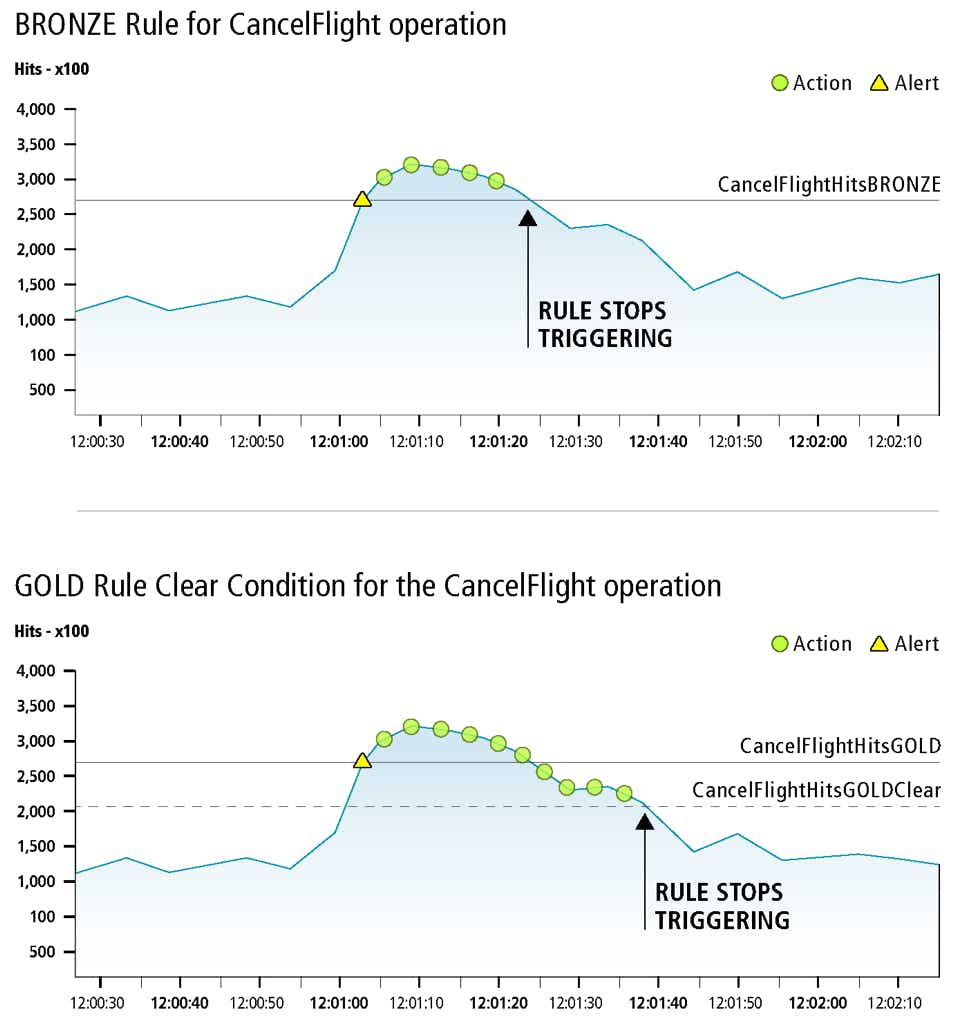TIBCO Software ActiveMatrix

ActiveMatrix uses machine learning to monitor and proactively manage the health and performance of SOA infrastructures based on Service Level Agreements (SLA). Role-based dashboards enable a landscape of target users to focus on issues specific to their roles, from Business Analyst to System Architect to IT administrator.
Autonomous Optimization Framework


Whiteboarding Session with Engineering Partners.

The Challenge
Devise a software platform that monitors technology infrastructures and reports on problems 24/7, while at the same time, optimizing the performance of regular operations in a complex and rapidly evolving changing environment.
The Result
ActiveMatrix is a systematic approach to improving how software infrastructure architectures are designed, deployed, monitored and optimized:
Autonomous Care and Feeding of Network Infrastructures
Applies Neural Networks to recognize patterns and identify unusual variations and even unusual variations from the usual variations.
Uses predictive analytics to turn historical log data into executable predictive models. For example, it might take temperature data and use it to predict the likelihood of failure a piece of hardware or use traffic data to predict a bottleneck.
Proactively responds and reports to problems according to pre-defined procedures, best practices, and rules of thumb. An equipment failure, for example, may trigger re-provisioning new resources —or borrowing them from other services— to maintain service levels
“…The lack of process, structure and staff left me essentially on my own to figure out how to design a product within an unfamiliar, highly technical domain whose users I knew nothing about. The challenge I’d been looking for to stretch beyond a strict design role: this was it.”
How do you design such a system?
The Process
My initial brief with TIBCO’s Director of Engineering on day-one was to outline the project plan as it existed at that point. What I’d expected was a discussion of the business rationale, product goals and solutions envisioned up to that point. What I did not was the thick stack of paper he handed to me —a spreadsheet listing hundreds of web services (software chunks) along with corresponding metrics with which to monitor how well the chunks exchange bits of information— and a briefing in detail not much greater than I’ve stated in the Challenge paragraph above. It was alarming, and invigorating.
I’d have a much greater responsibility that I’d expected. The lack of processes, structure and staff left me essentially on my own to figure out how to design a product within an unfamiliar, highly technical domain (software architecture) whose users I knew nothing about. The spreadsheet was almost entirely meaningless at that point. The challenge I’d been looking for to stretch beyond a strict design role: this was it.
First Steps
As always, my first step when overwhelmed is reverting to use cases and target users. The first project phase was getting to know use cases and target users. Commandeering a conference room, I began a process of interviewing colleagues, domain experts, with the goal of defining the user landscape and a starting point to uncovering what these users wanted to achieve. Bit by bit, the use cases revealed themselves, and from use cases the functional design.
The other step, in parallel, was learning about system architecture (service assemblies, nodes, containers, EMS and UDDI Servers), who created them, what problems they solved, who was affected by them… To know the user roles and goals, I’d have to understand the day-to-day work the people in these role performed.
Next Steps: Rule Builder
If there was anything obvious about the stack of spreadsheets, it was needing a tool to tie together web services and their metrics. Combined with what I’d been learning about SLAs, Business Rules and Policies it was becoming clearer that, at the very least, there’d have to be a way to assess the health of a system and limit the damage if something ever went wrong.
Metrics
More than 4,000 customers worldwide rely on TIBCO to manage information, decisions, processes and applications in real time. Companies include: Citibank (Banking and Financial Services, based in New York), Yakult (Global Food Manufacturing, based in Tokyo,) Air France - KLM (Franco-Dutch Airline Holding Company, based in Paris).
Concept Stage: Persona Concept Model

Concept Stage: Use Case Definition

Rule Building and Packaging Wireframes


Copyright ©2025 David C. Taylor. All rights reserved.